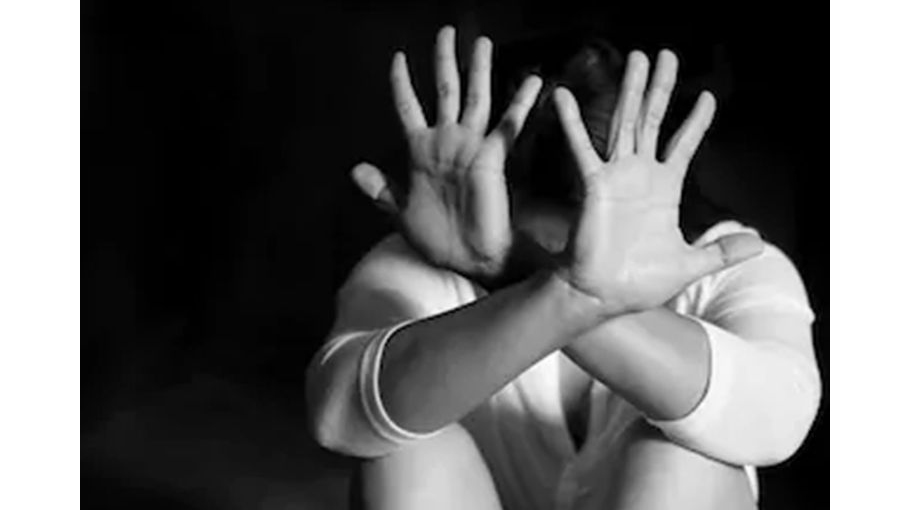Why is suicide so rampant in women?

In the almost daily grind of brute muscle power, bigotry, and distraction surrounding us in India, a trail of issues that need urgent intervention are being compromised.
In the recent weeks a 35- year- old fashion designer, Prathyusha Garimella killed herself in the washroom of her Hyderabad boutique, a 25-year-old woman, an MBA graduate committed suicide in Gurugram, a day earlier there was news of 27-year-old doctor killing herself in Coimbatore. At the same time a mother and her two daughters died by a suicide pact in a posh Delhi locality.
May was particularly gruesome, actor- model Bidisha De hanged herself from a ceiling fan, another model was found dead in her apartment while a couple of weeks earlier actor Pallavi De killed herself- all in the state of West Bengal.
Nothing though has been as chilling as the suicide of three married sisters who along with their children were found dead in a well, dowry demands reportedly forced them to take the extreme step. “We are dying together because it’s better than dying every day,” read a WhatsApp message by one of the deceased.
Even though dowry is outlawed in the country, India’s National Crime Records Bureau recorded nearly 7,000 dowry-related killings in 2020, that is 19 victims of dowry a day.
Once we begin to connect the dots, the questions knock hard. Why are so many Indian women- mothers, wives, daughters losing the fight? Our focus for long has predominantly been on farmer suicides in the country but even before Covid, WHO had raised an alarm pointing at India having the highest suicide rate in South-East Asia.
Suicide is the leading cause of death among
even young adults in the country where social
anxiety, social media and expectations are
leading to an epidemic of loneliness
even in the wealthier regions
of south India
There is every chance even those numbers are under reported, social stigma, far from empathetic police stations and lack of legal recourse ensures that many families still prefer to hush it down.
But the numbers that are available are worrying in itself, 36% of global suicides by women take place in India says a 2018 Lancet report even though Indian women account for only 18% of the global female population. Latest reports on the impact of Covid-19 on mental health are likely just scratching the surface.
In the last five years, 21 million Indian women have disappeared from the workforce, this year estimates are that female employment is just 9% while housewives contend with economic distress and male earning members losing jobs.
In this environment the forced proximity of Covid has put many married women like the three sisters in Jaipur on the back foot- domestic abuse, marital rape (which is still not a law in India), increased dowry demands are some big concerns that workers on the ground have been flagging in the last two years.
Marriage does not protect these women and on the contrary, divorce is still not acceptable for a majority of households, however unhealthy a partnership.
The statistics bear proof, a housewife commits suicide every 25 minutes in India accounting for 17.1 per cent of all the suicides in India as per NCRB.
In a 2018 Oxfam study from the states of Bihar, Chattisgarh, Uttar Pradesh and Jharkhand more than half of those surveyed said it was normal to harshly criticise a woman if she failed to look after her children well, 33% said this was reason enough to beat her.
Covid disruptions have also highlighted the helplessness of the elderly with a rise in the number of suicides among people aged 60 years or above. This is in line with anecdotal evidence where the elderly were either ignored or abandoned.
With India’s predominantly young population another demographic where lack of jobs will be felt strongly is a section of the age group 15-29.
Suicide is the leading cause of death among even young adults in the country where social anxiety, social media and expectations are leading to an epidemic of loneliness even in the wealthier regions of south India.
Unfortunately, there are no in-depth studies that can narrow down the factors or patterns and collection of suicide data by the lone agency NCRB is mostly done through a First Information Report (FIR) which is stymied by stigma. Experts are unanimous that the NCRB figures don’t reflect reality and that the situation is much grimmer.
For instance, NCRB in its latest report in October 2021 skips the impact of the horrific second wave from the months of March-May. Lancet further points out that suicide rates reported in India were 37% lower than what the Global Burden of Disease mentions- which means for every 100 suicides in the country, NCRB reports only 63.
India still does not have a suicide prevention policy and it was only as recently as 2017 that the Mental Healthcare Act, 2017 decriminalised suicide. Statistics are important but the priority is to first acknowledge that all is not well in our society.
Jyotsna Mohan is the author of the investigative book 'Stoned,
Shamed, Depressed'. She was also a journalist with NDTV
for 15 years.
Source: Gulf News




